Description
Grafted Dwarf Singaprincess Champa
Grafted Plumeria Singaprincess Dwarf (Champa) is a plant species of the genus that is characterized by fragrant flowers, it is categorized under the family Apocynaceae and is native to warm-temperate, subtropical and tropical regions of Mexico, Polynesia, and Central America.
The plumeria grafted Dwarf (Champa) is a fast-growing tropical tree that produces masses of fragrant blooms between March and October. A small tree, the plumeria reaches heights of about 30 feet at maturity. Also known as frangipani, a plumeria is a warm-climate plant hardy Although the plant won’t tolerate freezing winter climates, it can be planted in a container and brought indoors when the weather turns cold. Plumeria grows profusely in Hawaii and is a popular flower choice for leis.
Care Tips
- Select a Grafted dwarf plumeria plant with an even, bright colour and a sturdy, straight trunk. Look for evenly-spaced branches. Avoid plants with wilted leaves or poor colour.
- Position the plumeria where the tree will be exposed to bright sunlight for at least 4 to 6 hours every day. Choose a planting location where the soil drains well and the water doesn’t puddle after a rainfall.
- Plant a plumeria in a sturdy container filled almost to the top with a good quality commercial cactus mix or all-purpose potting mix. Use a container at least 6 to 10 inches (15 to 25 cm) in diameter. Be sure to use a container with a hole in the bottom to provide soil drainage, as a plumeria won’t do well with wet feet.
- Water a plumeria deeply, then don’t water it again until the soil is dry. Decrease watering when the weather cools in autumn and stop watering completely during the winter months. Resume normal watering when you can see new growth in spring.
- Feed a plumeria a high-nitrogen fertilizer with a ratio such as 32-6-2 every 2 to 3 weeks, beginning when new growth appears in spring.
What to Do?
- Every plant has a different types of light, feed, and water requirements.
- Most of the plants like moderate watering, let a couple of inches at the surface dry before watering again.
- Some plants require frequent feeding but most, once a year, feed the plant at the beginning of spring.
- Re-pot the plant every couple of years in a slightly bigger container.
What Not to Do?
- Please avoid frequent watering in winter, it will kill the plant.
- Avoid temperature shocks like taking it suddenly indoors or outdoors.
- Avoid partial watering and use water sprayers to water equally in all directions.
- Do not repot plants in large containers, most of the plants like to be in groups.
- Do not over-fertilizing, quantity depends on soil mix ingredients but plants do need not more than a spoon.


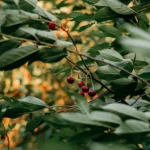
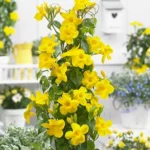
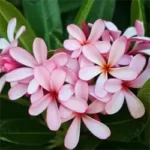
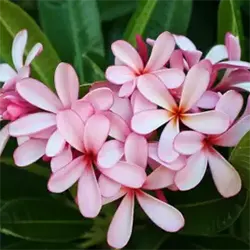


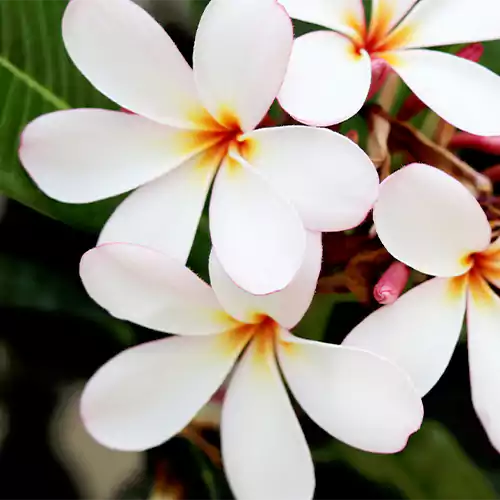
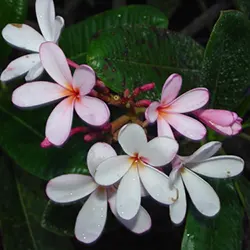

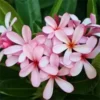


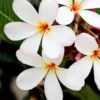
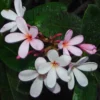
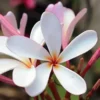

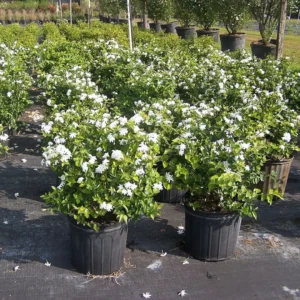
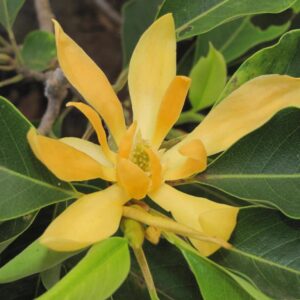
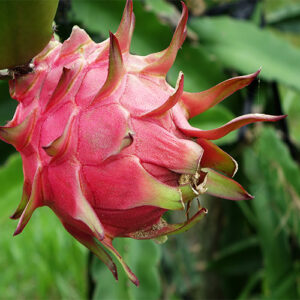
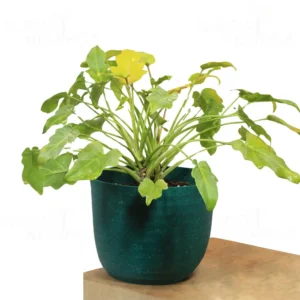

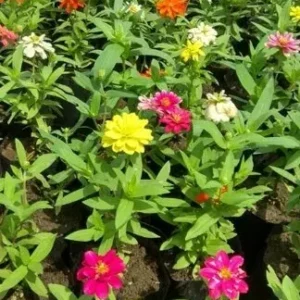
Pranav Sharma –
A well rooted plant was delivered.
Plant was healthy.
Started to produce new leaves within a week.